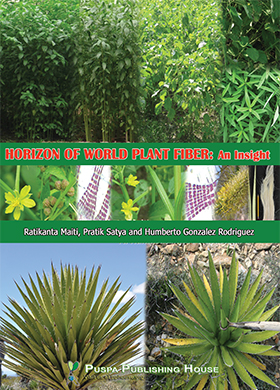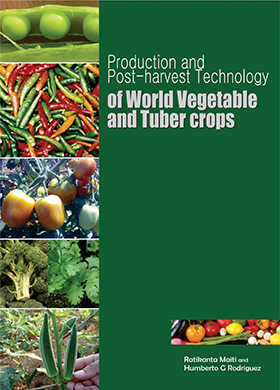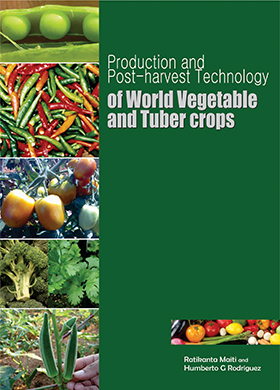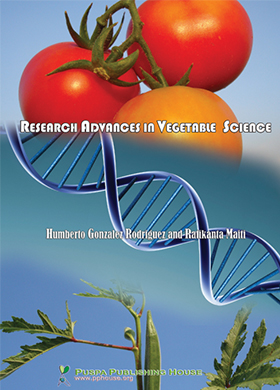Cite
Singh N, Thakur1 AK, Kaushal R, Mehta DK, Bhardwaj RK. Effects of Seed Pelleting on Seed Quality of Cowpea (Vigna unguiculata L.) During Storage IJEP [Internet]. 28May.2018[cited 8Feb.2022];5(1):076-079. Available from: http://www.pphouse.org/ijep-article-details.php?art=153
People also read
Full Research
Effects of Seed Pelleting on Seed Quality of Cowpea (Vigna unguiculata L.) During Storage
Nirmal Singh, Ashok K. Thakur1, Rajesh Kaushal, D. K. Mehta and Ramesh K. BhardwajCowpea, quality, Rhizobium, seed pelleting
Published Online : 28 May 2018
Full Research
A Study on the Influence of Hindu Mythological Characters on Management Practices
Piyush Mehta, Ashok K. Thakur, Ishaan Chauhan and Nikhil UpretyHindu mythology, management style, decision making process, managerial perception
Published Online : 28 Aug 2018
Review Article
Role of Biotechnology in Biotic Stress Management in Crops
P. Ananda KumarBiotechnology, Biotic stress management, transgenic crop
Published Online : 28 May 2016
Full Research
Comparative Study on Carbon Fixation, Leaf Canopy, Leaf Nutrients and Its Possible Relation to Wood Density
Ratikanta Maiti and Humberto Gonzalez RodriguezCarbon fixation, leaf canopy, leaf nutrients, N protein, wood density
Published Online : 28 Aug 2017
Popular Article
Replacement of Standard Apple Cultivars with Coloured Strains for High Profitability in Shimla District of Himachal Pradesh, India: A Success Story
N. S. Kaith, Bandana, Neelam Kumari, Ashok K. Thakur and Tanuja BanshtuApple, quality, spur cultivars, success story, yield
Published Online : 28 May 2017
Full Research
Qualitative Characterization of Xylem Vessels of 23 Woody Trees and Shrubs in Northeastern Mexico: Its Significance
Ratikanta Maiti, Humberto González Rodríguez and Jeff Christofher González DíazAdaptation, evolutionary trends, secondary xylem vessels, taxonomy, variability
Published Online : 28 Aug 2017
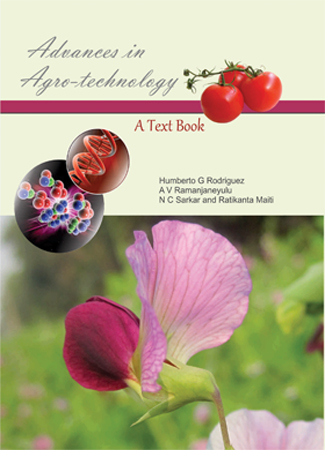
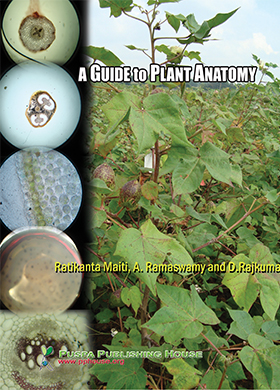
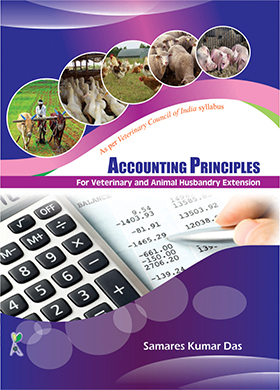
.jpg)
.jpg)


